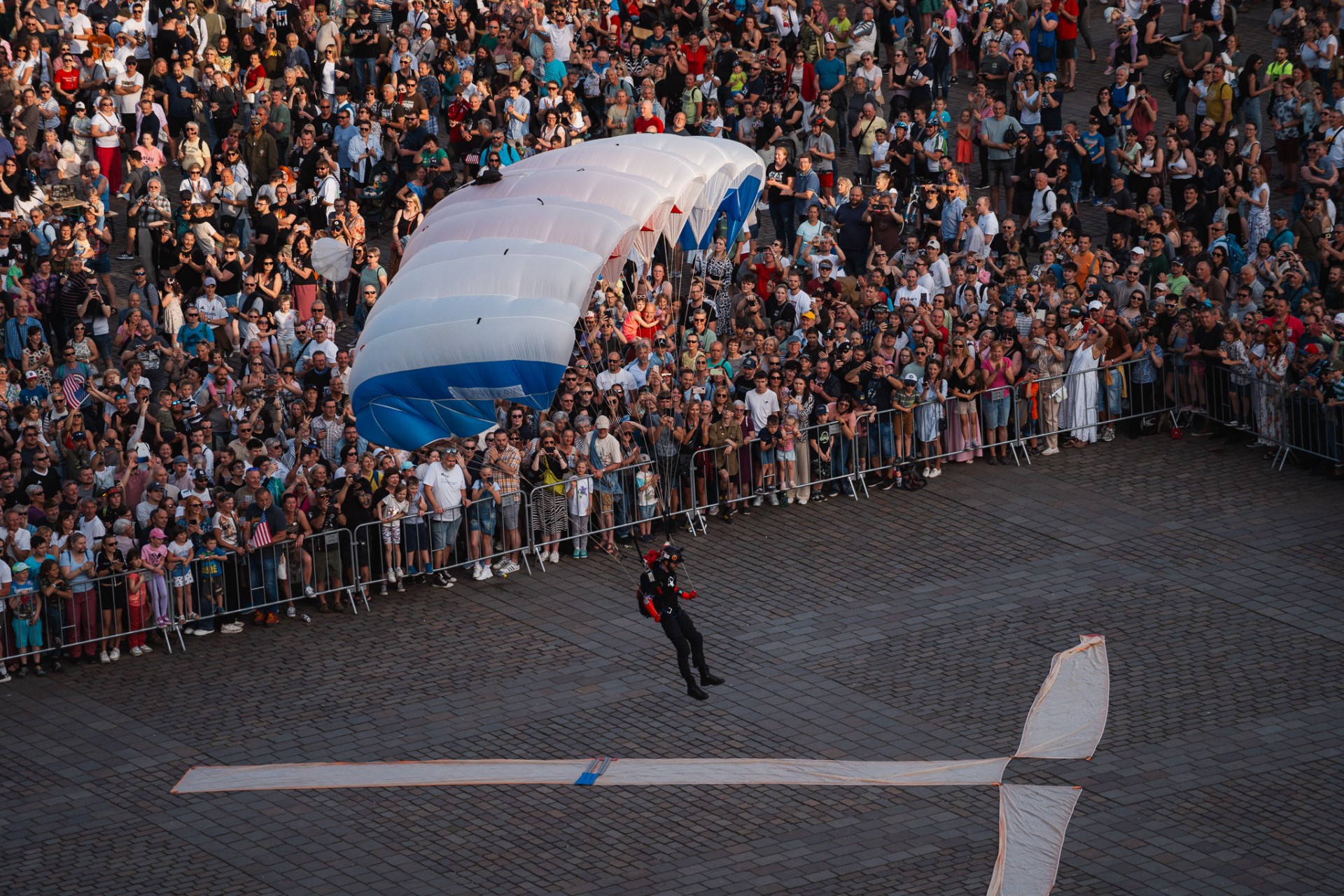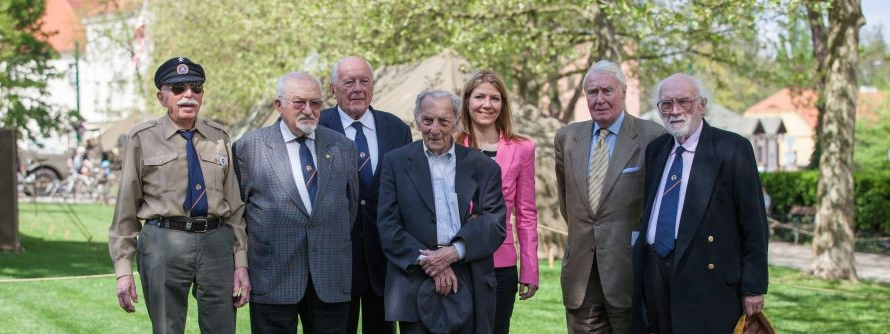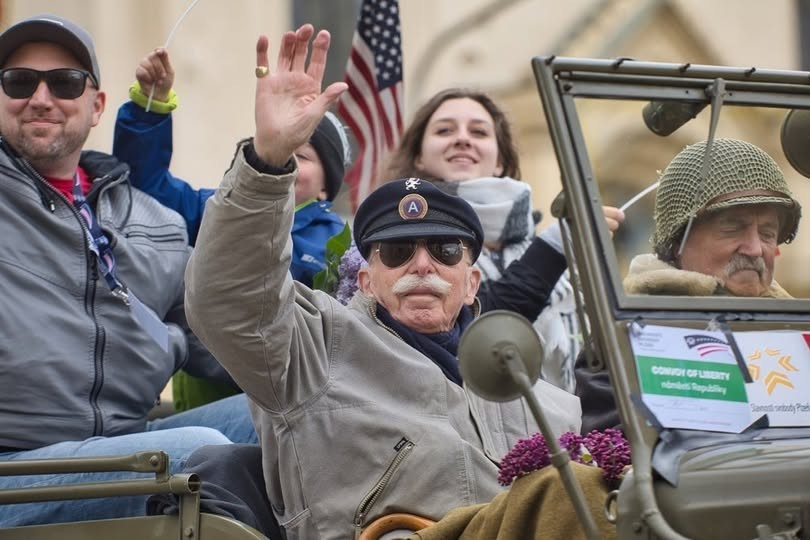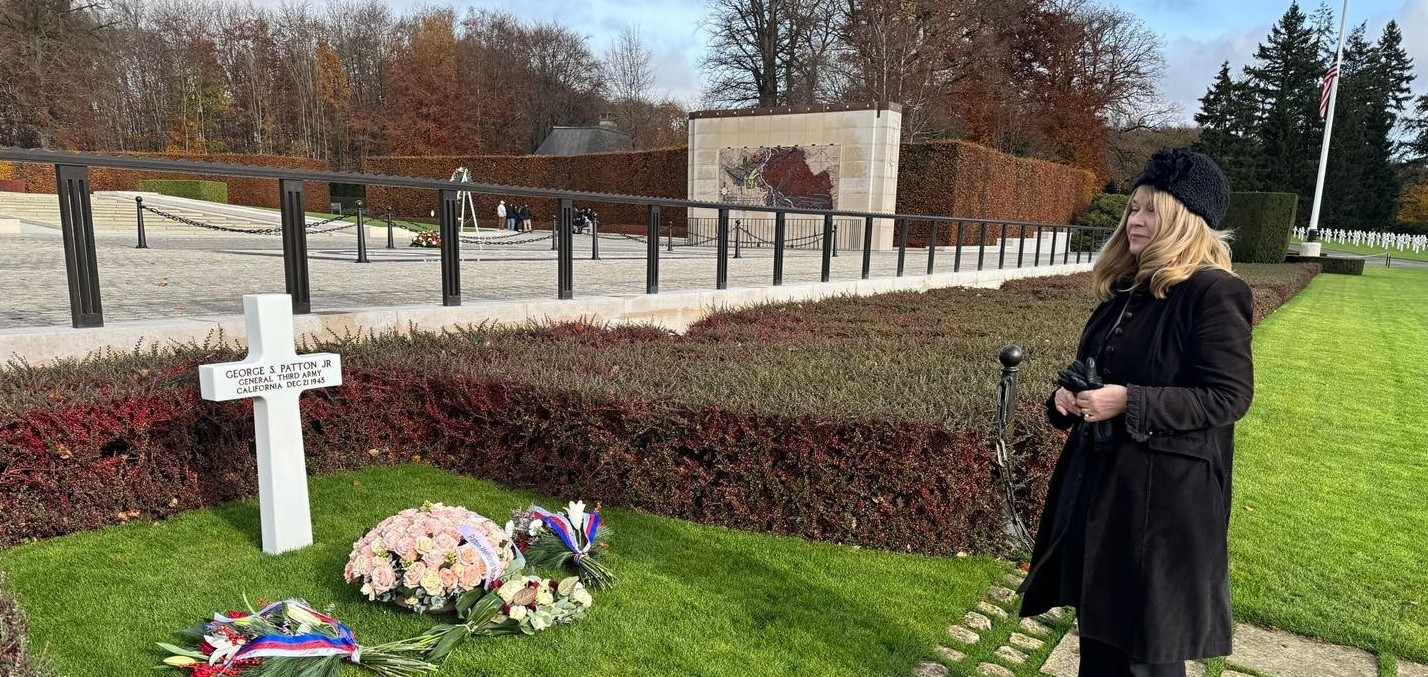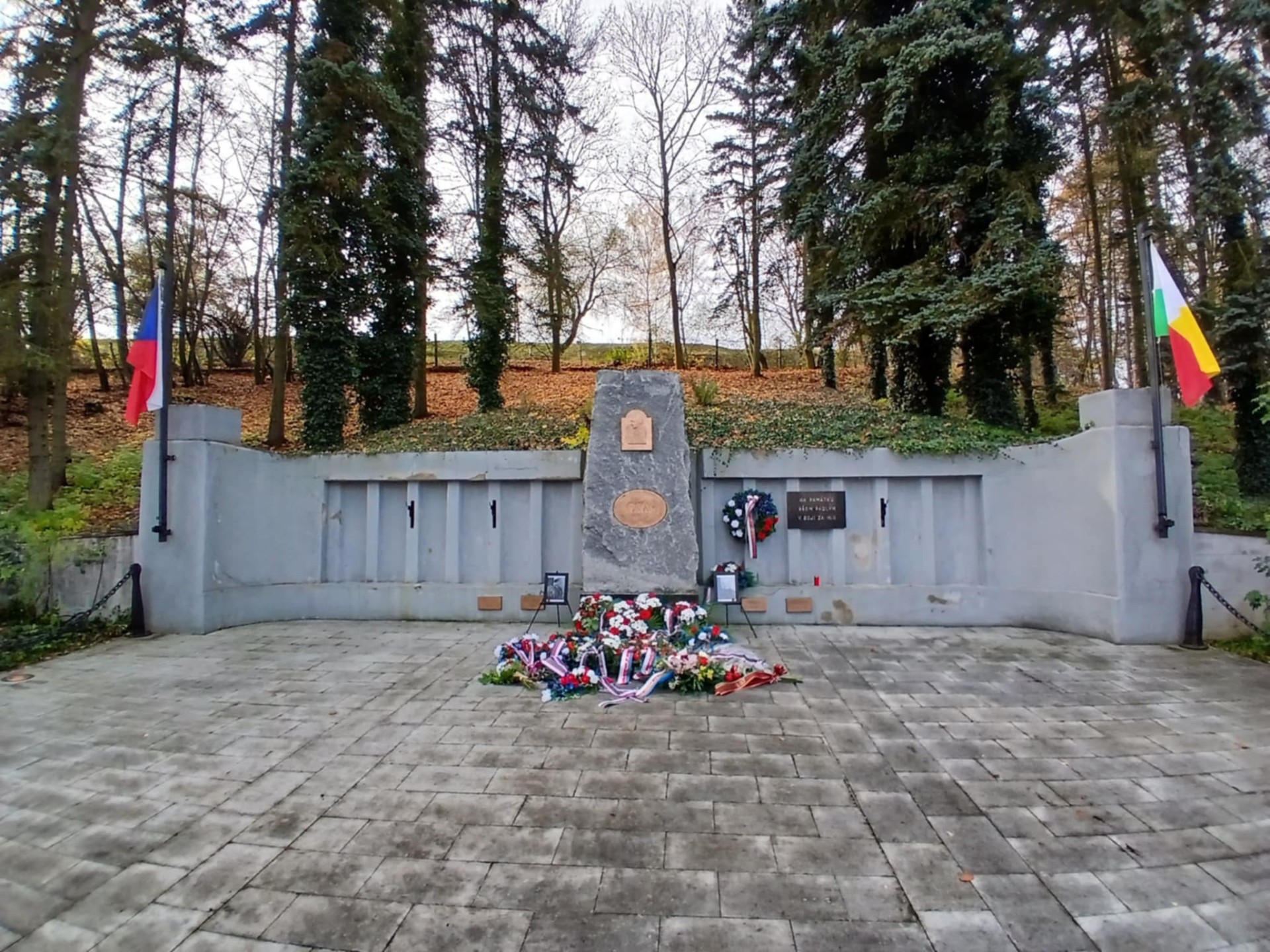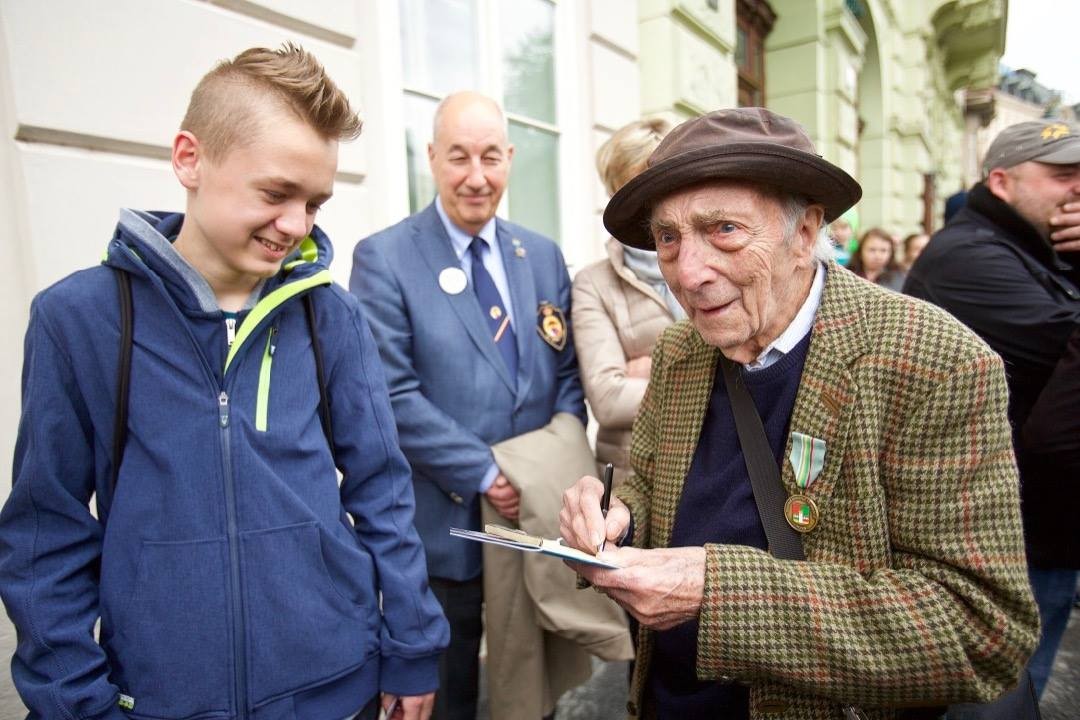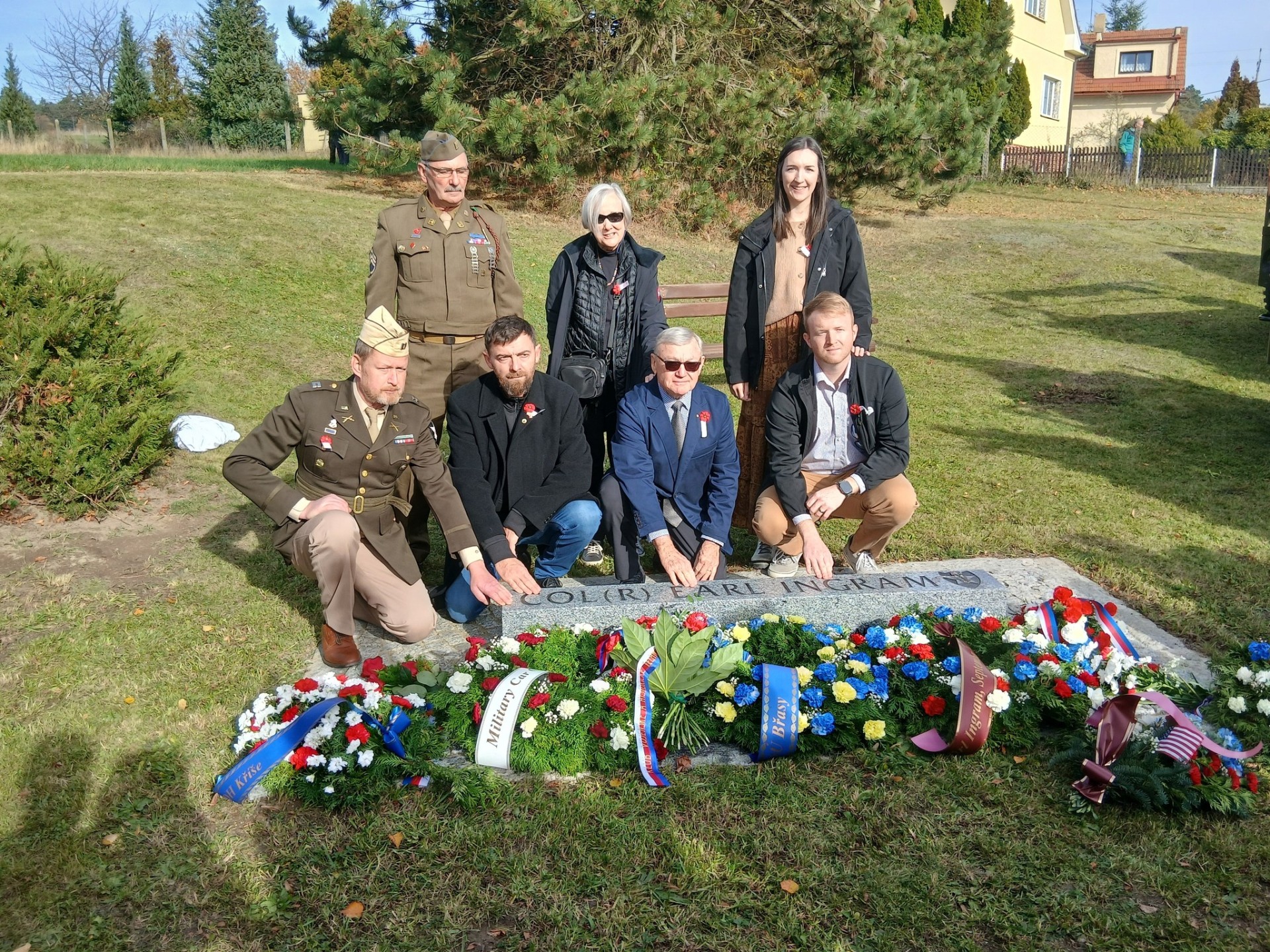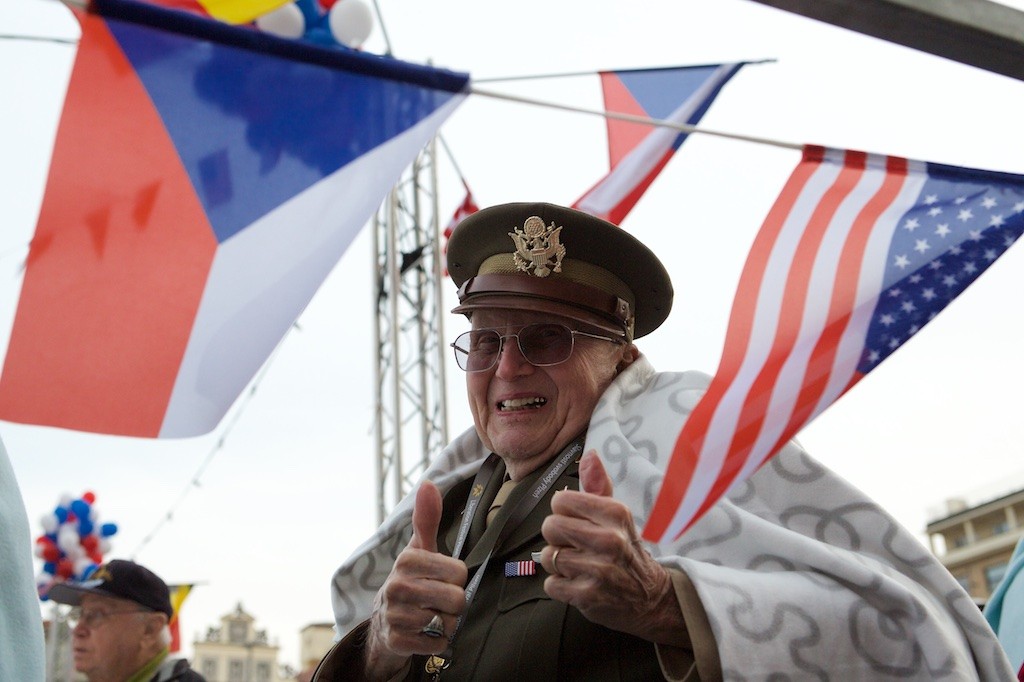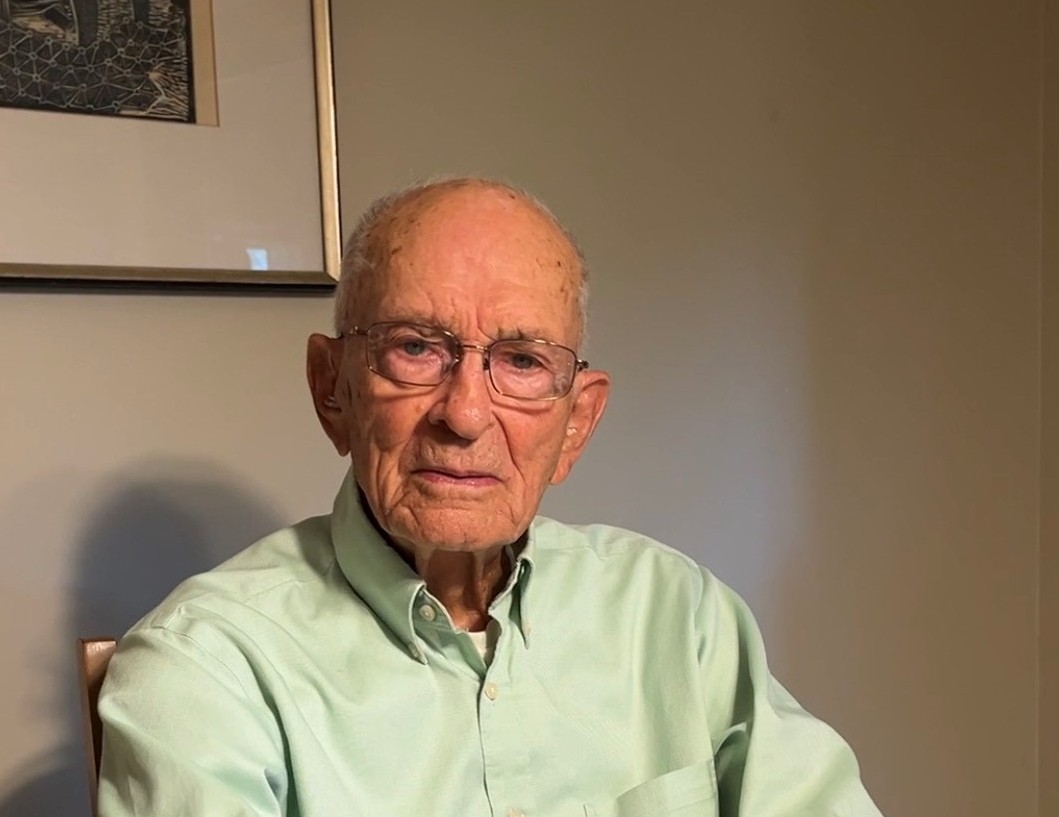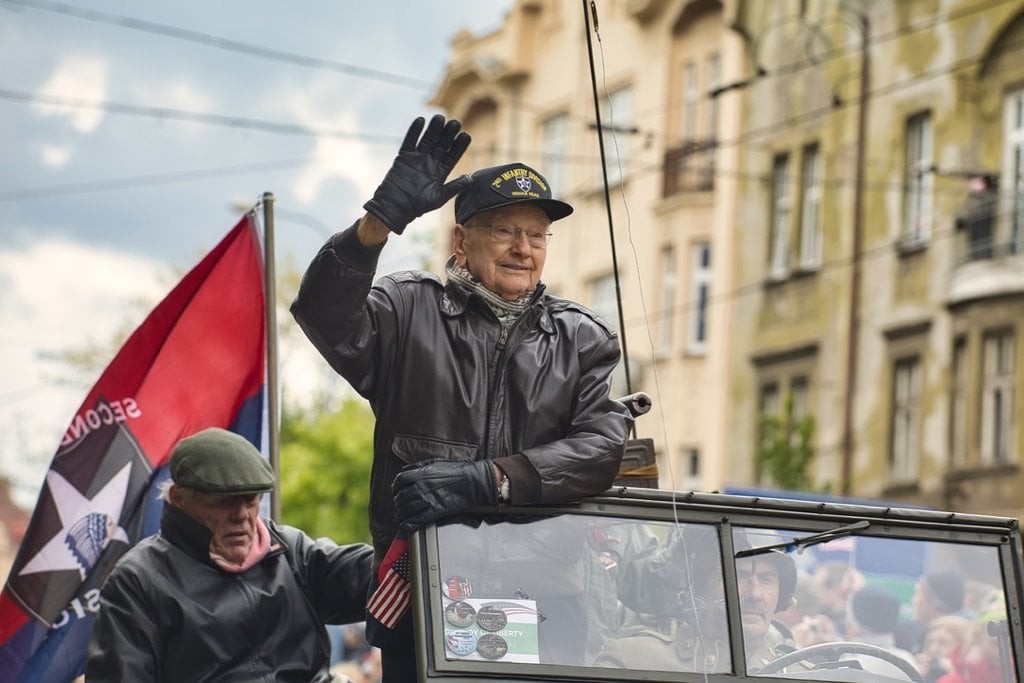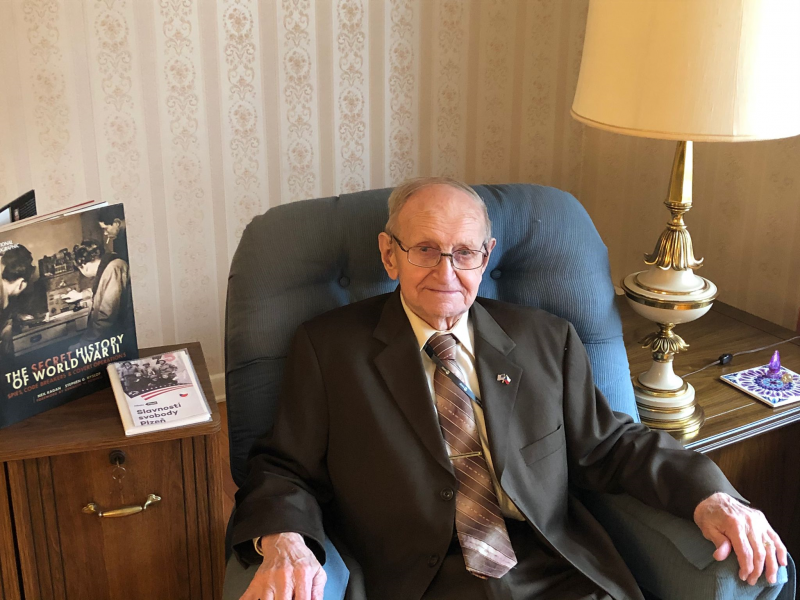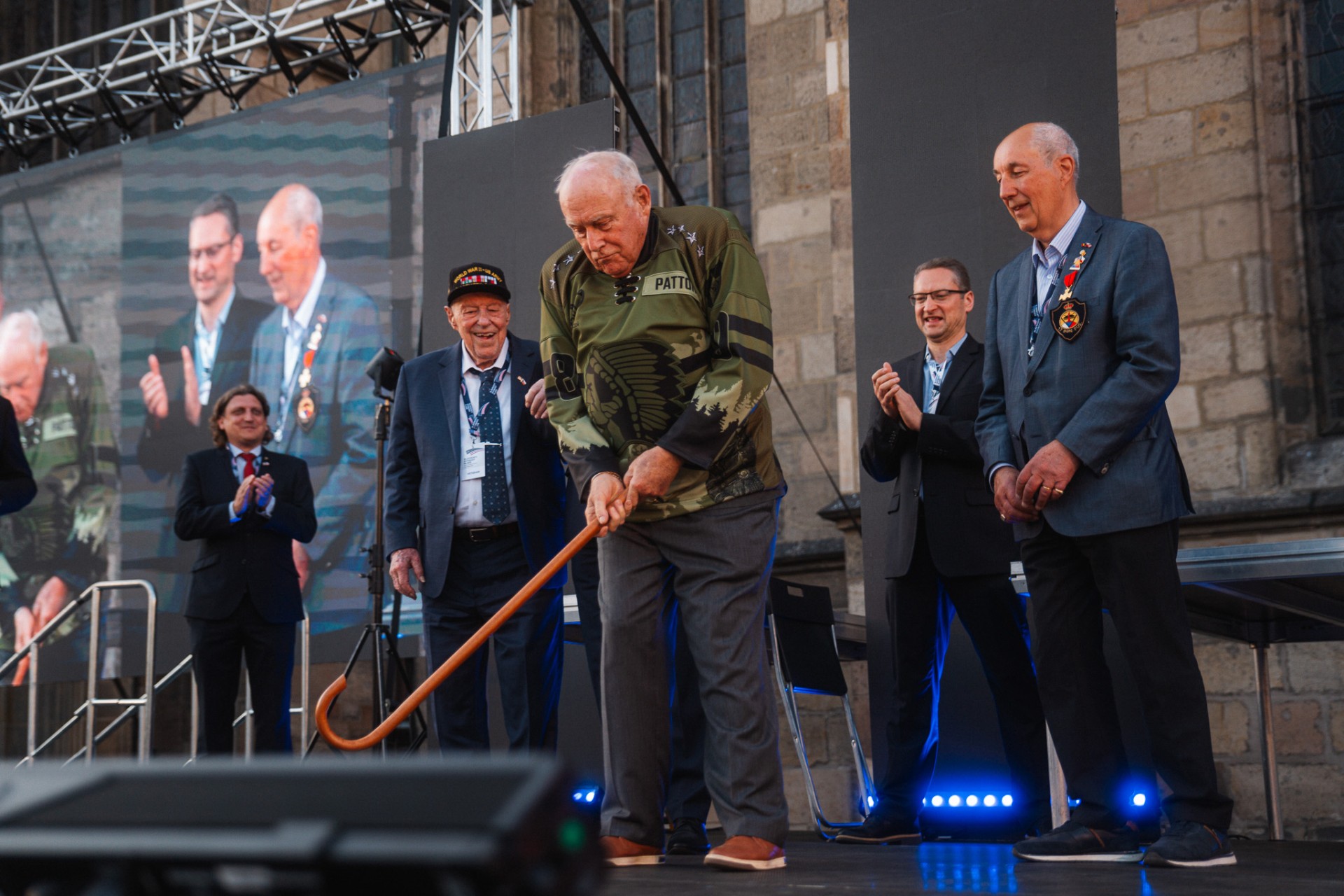

News
The opening of the Liberation Festival offered powerful moments, people filled the square
On Friday, the first day of the Pilsen liberation celebrations, the people of Republic Square experienced powerful moments. Ninety-nine-year-old veteran Harry Humason stood on the podium in front of them. He returned to Europe for the first time since 1945, when he came to southwestern Bohemia with the 5th Infantry Division of General Patton's 3rd Army. General Patton's grandson George Patton Waters, the son of the commander of the Belgian 17th Artillery Regiment Luc Rensonnet, and the mayor of Pilsen, Roman Zarzycký, also spoke on the packed square. Before the opening ceremony, the audience had the opportunity to watch flyovers of historic military aircraft with commentary by Miroslav Tomana from Classic Trainers Líně, who expertly introduced the flying Harvards, Mustangs, and Stearmans, one of which was piloted by a woman, Jana Soukupová. Eight brilliant jumps were performed by parachutists from the Pilsen Bory Aeroclub. The square, completely filled with people except for the jump area, witnessed three waves of consecutive jumps from the AN 2 aircraft, which, when landing at an altitude of one thousand meters, flew at a speed of approximately 80-120 kilometers per hour. The paratroopers then descended over the Republic Square at a speed of five meters per second. The paratroopers thus reminded the visitors of the celebrations of the unforgettable participation, sacrifices and heroism of the airborne troops in World War II.
“I am happy to join you in celebrating the end of World War II on this momentous anniversary. I believe in the saying, ‘There are no winners in war, only losers.’ I think we as a people will have to find a way to abolish war once and for all. I hope we can do it. I am touched by the reception we have received at your celebrations,” said Harry Humason, who joined the army as a volunteer in the 1918s and was responsible for operating a B.A.R. light machine gun.
Humason arrived in Bohemia at the end of the war for less than a week, when they were supposed to cross the Tepla Vltava River in order to advance as quickly as possible towards Prague. "On the other bank there were bunkers and German 88-millimeter cannons and machine guns ready. I remembered what we had experienced before in Germany. There we were approaching the bridge over the river, which the Americans had crossed shortly before. There were boats in the river and they were collecting fallen soldiers from the water. I was therefore concerned that a bloody battle could break out here too," he recalled. Then they were allegedly told not to shoot at the German plane. "It turned out that a German delegation was flying in it to negotiate surrender. And then the war ended and we didn't have to cross the river," he added. After his deployment in Europe, he began preparing to leave for the Pacific. "I guess I'm alive because I didn't have to go there because Japan surrendered," said the veteran, who returned to America to graduate from college and work as an engineer for the U.S. Navy. General Patton's grandson was also moved. "When I see what's happening here, it really touches my heart. I hope we'll meet in the coming days, I'm really looking forward to it," George Patton Waters told the packed square. "Thank you very, very much for remembering our fathers. I'm grateful for that. Thank you very much," Luc Rensonnet also responded.
"These festivities are truly extraordinary. Enjoy them, the program is rich, I look forward to seeing you," urged the people of Pilsen, Mayor Roman Zarzycký. As a gift, he presented all three guests, together with former hockey player and owner of the Pilsen hockey club Martin Straka, with a special annual jersey of HC Škoda Plzeň, the Pilsen Indians, whose emblem features an Indian head, the symbol of the 2nd Infantry Division. George Patton Waters even put on the jersey on stage to thunderous applause. The musical program of the evening was provided by the Pilsen Philharmonic Orchestra with Vojtěch Dyk. The conclusion belonged to a composed program called From Normandy to Pilsen, which connected multimedia effects with historical technology directed by Michal Caban. Live characters and plots entered the film projections, and theater and film complemented each other in an audiovisual historical show.









